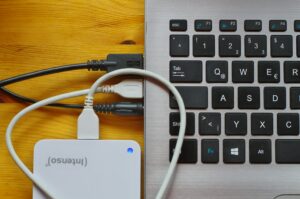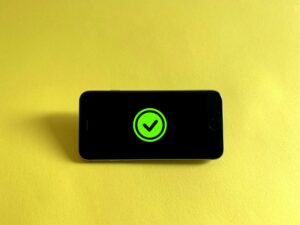Immediate PC Speedup Through Background App Management

Immediate PC Speedup Through Background App Management
Your computer may be running more slowly than usual, and you may not even know it! Background programs might be to blame. Even when you’re not actively using them, many apps silently use memory, drain battery, and slow down performance.
The bright side? Taking charge of these background programs is a quick way to speed up your computer. Your gadget will seem lighter, quicker, and more efficient when you make a few little adjustments.
What Causes Background Apps to Decrease PC Performance?
Numerous applications begin running in the background the moment you power up your computer. While some, like antivirus software or system utilities, are crucial, others, like update checks, chat applications, or cloud sync services, aren’t always required.
All of these applications running in the background are eating up your RAM, CPU, and disc access. They gradually accumulate and impact your system’s performance, particularly when you’re dealing with big files, playing games, or multitasking.
Imagine your mind as a computer with hundreds of tabs open; you may not even notice each one, yet they all slow things down.
First, you need to see what processes are active in the background.
To begin, go to your Windows PC’s Task Manager. Either right-clicking the taskbar and choosing “Task Manager” or hitting Ctrl + Shift + Esc will do the trick.
Select “Processes” from the menu. Everything that is now operating on your computer, including applications and services, along with their memory and CPU use, may be seen here. You may notice a slowdown in performance even if you don’t have any open apps that use a lot of system resources.
If you want to see which programs run during startup, go to the “Startup” tab. It is possible that some of these may be left on sometimes.
Removing Superfluous Startup Programs is the Second Step.
Apps that aren’t absolutely necessary to begin automatically may be disabled from the “Startup” tab in Task Manager.
To see how big of an effect each app has on startup time, check out the impact column. Game launchers, chat applications, and update checks aren’t necessary, so disable them. You may always open them manually if necessary.
There will be less delay after signing in and your PC will start up quicker.
Third, go into the Settings menu and disable background apps.
Notifications, synchronization, and app updates are all examples of background app operations that Windows permits. This works well for certain programs, like Calendar or Mail, but it’s not necessary for other apps to remain active.
Go to Settings > Privacy > Background Apps to adjust this. You can find all the applications that allow background access here. You have the option to stop background applications completely or just turn them off one by one.
This is particularly useful for laptops, since running background programs may significantly reduce battery life.
Step Four: Utilize Niche Features Like “Game Mode” or “Battery Saver”
Windows’ “Battery Saver” and “Game Mode” are useful if you’re looking for a way to increase performance quickly without adjusting every setting by hand.
When you’re playing games or doing other high-performance activities, your system will run at its best in Game Mode, while Battery Saver reduces background processes and screen brightness. When your machine is working hard, you’ll notice a difference when you enable both of these options from the settings panel.
Step Five: Maintain a Clean and Up-to-Date Computer
Delays may be caused by unused system files or out-of-date software. To make more room, use one of the built-in utilities, such as Disk Cleanup or Storage Sense, to delete temporary files.
For optimal performance of background services, it is recommended to regularly update Windows and your drivers. By repairing errors and memory leaks, even a minor system upgrade may boost speed.
Signaling When It’s Doing Its Job
Boot speeds, multitasking, and program launches should all improve if you deactivate background applications and tweak startup settings. These few adjustments may give even the oldest devices a new lease of life.
- Managing background programs is the greatest and simplest place to start, but if it doesn’t work, you may want to think about getting more RAM or getting an SSD.
- There is no reason for your computer to seem slow or unresponsive. With some careful management of your settings, you can quickly restore your device’s efficiency and speed after background programs stealthily slowed you down.
- Gaining command over your device’s background processes improves your efficiency, battery life, and mental clarity, among other benefits.
- Make haste. Start enjoying a quicker, smoother PC experience right now by opening Task Manager and cleaning up your startup.




